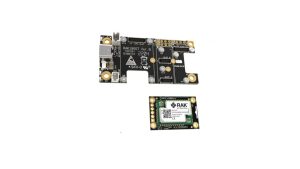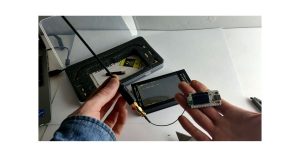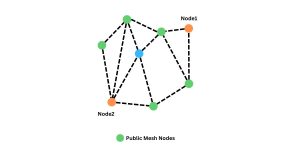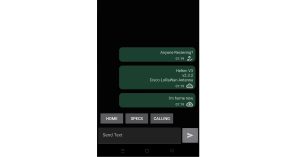Converting a 144/430 VHF UHF antenna to 868MHz for Meshtastic
Let’s delve into the process of converting a 144/430 VHF UHF antenna to 868MHz for use with Meshtastic.
Equipment Required
- Pair of cutters
- Craft knife
- NanoVNA or Similar Analyzer
- UHF / VHF Antenna
- SMA Male to SMA Male Adapter / Coupler
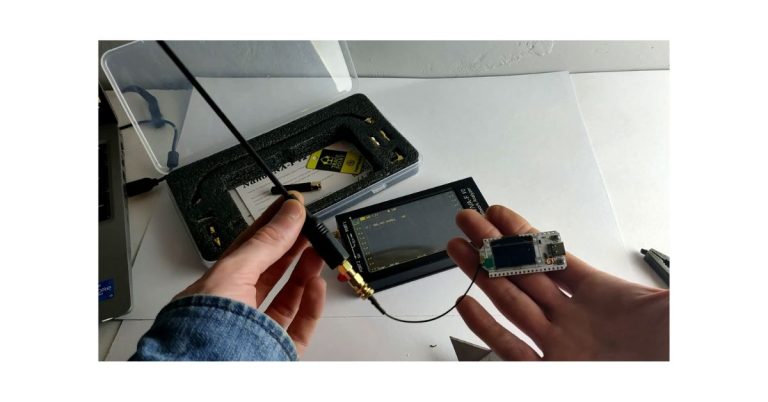
Adapting Antennas for Meshtastic Nodes
Our aim is to repurpose antennas typically used with VHF and UHF handheld transceivers, such as the popular Baofeng radios, for Meshtastic nodes. For this demonstration, we’ll be working with a Nagoya 144 and 430 MHz antenna.
Initial SWR Measurement
The Nagoya antenna is not originally designed for 868MHz, so our first step is to address its SWR (Standing Wave Ratio) measurement. This requires the use of a device like the Nano VNA to assess and visually map the antenna’s resonance.
Before any modifications, let’s check the SWR of the Nagoya antenna. Begin by connecting the SMA adapter. Luckily, calibration for the Nano VNA isn’t necessary in this case, as we’ll be using the same adapter with the Meshtastic node.
Modifying the Antenna
- Removing Plastic End Cap: Start by removing the plastic end cap, which may require some heat if it’s glued on.
Examining Internal - Construction: Inside, you’ll find the antenna constructed with twisted brass wire.
- Trimming Wire Length: The goal is to slightly trim the wire’s length to improve its resonance on 868MHz.
Trimming Process
While the combination pliers eventually get the job done, a sturdier pair of cutters would have expedited the process. Since monetization isn’t a factor, we can breeze through this step.
Testing and Repeating
After each trimming session, it’s crucial to retest the antenna. Repeat the trimming process as needed until you achieve a satisfactory SWR reading.
Final Adjustments
After achieving a lower SWR reading, carefully remove some of the outer sleeving with a craft knife and refit the plastic cap. Remember to retest the antenna at this stage, as even small adjustments can affect its performance.
Optimizing Antenna Performance for Meshtastic
While we may not achieve an ideal SWR reading below 2 with this antenna, the process has successfully reduced the SWR by approximately 50%, making it much more suitable for use with Meshtastic.
MeshAbout on YouTube
Some off the links on this page are affiliate links, meaning I will receive a small % of a sale if you decide to purchase anything, this helps to support me making content for the site and YouTube Channel. This is at NO additional cost to yourself

